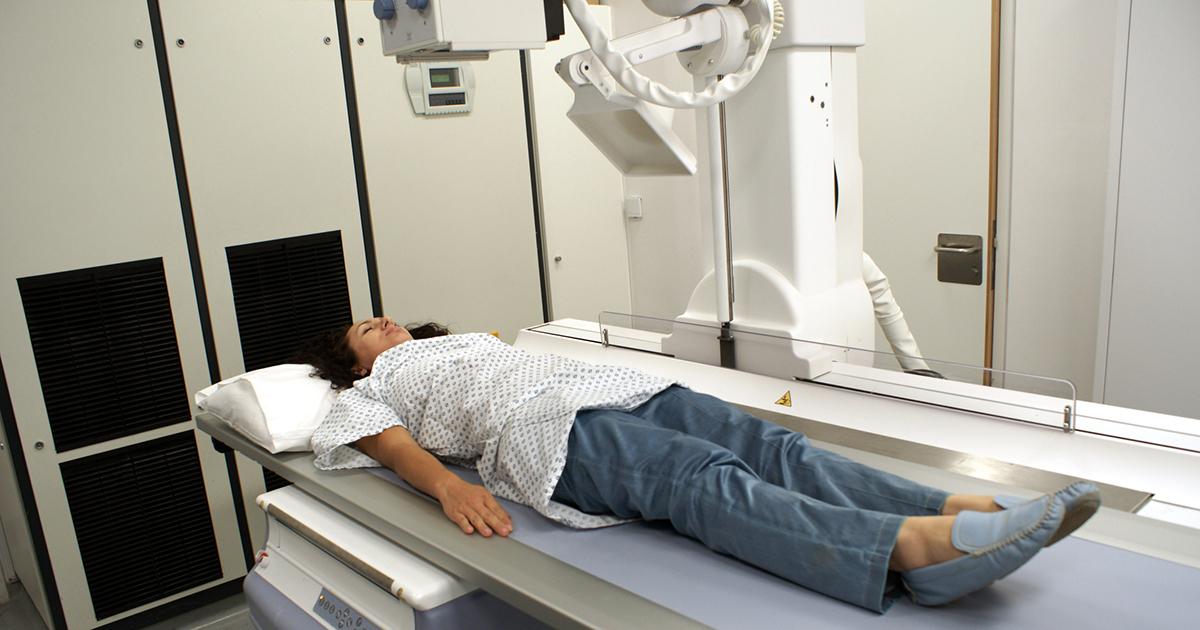How To Treat Osteolysis
Revise Or Replace Joint Implant

Osteolysis most commonly occurs in individuals who have undergone joint replacement surgery. Specifically, the condition is known to affect those who have had a hip, knee, or shoulder replacement. When a joint is replaced with artificial material, such as metal or plastic, it is normal for small particles to wear off. The body responds by trying to clean the area and break down these particles. However, this can sometimes trigger the immune system to mistakenly absorb the remaining healthy bone tissue. This typically occurs about a year after the implant surgery has taken place. In this case, patients may need to have their doctor revise or replace the joint implant.
Keep reading to learn more ways to treat osteolysis now.
Continuous Monitoring

Because osteolysis is virtually symptomless, patients who are at increased risk, such as those who have undergone joint replacement surgeries or have other types of infections that leave the bone tissues susceptible, must practice continual monitoring in conjunction with their physician and bone specialist. This will involve regularly undergoing x-rays and other bone scans, as well as providing blood samples to check for the presence of debris. Having this debris, which is most commonly metal or plastic, in the blood after an injury or surgical procedure is a reliable indicator the immune system will respond, and monitoring its effect on healthy bone tissue will be necessary to make sure healing is occurring as hoped for.
It's time to talk about the next treatment option for osteolysis.
